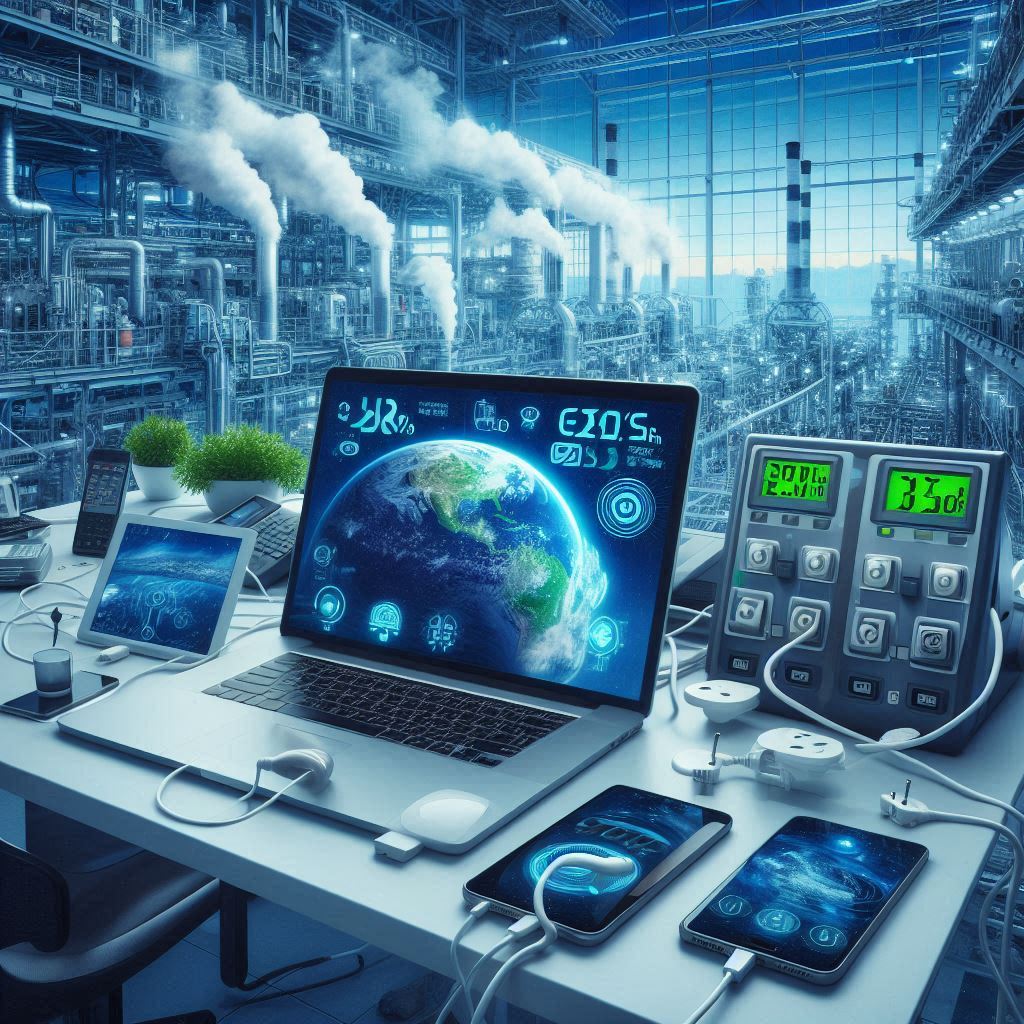Exploring innovations in waterproof coatings
The world of waterproof coatings is constantly evolving, driven by advancements in material science, sustainability concerns and the ever-changing needs of construction. Such is its importance, that the global waterproof coatings market is expected to reach a staggering USD 23.64 billion by 2027, growing at a significant Compound Annual Growth Rate (CAGR) of 6.2%, write John Ridgeway.
This is partly as a result of rising urbanisation and the rapid growth of cities around the world, where we have seen the need for new and improved infrastructure, particularly for buildings that can deliver robust waterproofing solutions.
Sustainable and eco-friendly waterproof coatings are also gaining traction as architects and builders prioritise environmentally conscious construction practices. This is happening alongside a move for greater emphasis on preventing water ingress to ensure energy efficiency, occupant health and long-term durability of structures.
Material innovations
This in turn has led to the development of new and improved materials such as nanotechnology, where nanoparticles are being incorporated into coatings, offering enhanced water repellence, self-healing properties and improved durability. Sustainable alternatives to traditional petroleum-based coatings are also being developed using renewable resources like vegetable oils and plant extracts. And look out for self-healing coatings. These innovative coatings can autonomously repair minor cracks and imperfections, extending the lifespan of the waterproof membrane.

Waterproof coatings are no longer limited to traditional applications. They are playing a crucial role in creating sustainable green roofs and living walls by preventing water infiltration into the building structure while allowing for healthy plant growth. As urbanization pushes construction below ground, advanced waterproofing solutions are also essential for tunnels, basements and underground car parks.
Durable and saltwater-resistant coatings are crucial for protecting bridges, piers and other marine structures from the harsh effects of seawater and constant wave action. We are also seeing self-cleaning coatings that can repel dirt and stains, reducing maintenance needs and contributing to building sustainability.
Sustainability is the message
In spite of all these developments, sustainability is still King. Take a look at Low-VOC (Volatile Organic Compound) coatings, which minimise the release of harmful organic compounds during application, improving indoor air quality and reducing environmental impact.
Manufacturers are also increasingly incorporating recycled materials into coatings, reducing reliance on virgin resources together with the development of products that can decompose naturally at the end of their service life. This is a promising step towards a more sustainable future.
Smart technologies and digitalization
As we look ahead and as the construction industry embraces digitalization - waterproof coatings will not be left behind. We will see more sensor-embedded coatings, which can be embedded with sensors that monitor moisture levels, temperature and other critical parameters, providing real-time data on the health of the waterproofing system.
Building Information Modelling (BIM) will allow for the integration of information about waterproof coatings into a digital model of the building, facilitating better planning, maintenance and lifecycle management. A digital twin, a virtual replica of a physical structure, can be used to predict potential problems and optimise maintenance schedules to ensure waterproofing integrity.
Despite the exciting advancements, the industry faces several challenges, such as balancing performance and sustainability. Developing coatings that are both highly waterproof and sustainable requires ongoing research and development.
New technologies need to meet stringent building code regulations before widespread adoption and like every other construction sector, we will face a shortage of skilled workers trained in applying advanced waterproofing solutions.
However, these challenges are also opportunities for innovation. By addressing these concerns, the industry can ensure that waterproof coatings continue to play a vital role in creating safe, sustainable and resilient structures for generations to come.
And as the construction industry strives for sustainability and performance, waterproof coatings will continue to evolve, becoming an essential element in creating durable, healthy and environmentally conscious buildings for our ever-changing world.
Additional Blogs

Why most BIM Models are not actually that useful
For more than a decade, Building Information Modelling has been celebrated as the future of coordinated design, efficient delivery and data-driven asset management. In theory, BIM promises seamless...
Read moreHow construction can cut Its carbon footprint by caring for soil
Soil is often dismissed as mere dirt, but it is one of the planet’s most powerful carbon stores, holding more than all of the world’s forests combined. Yet in our rush to build, pave and develop, we...
Read more

What is bridging damp? How it happens and how to fix it
Bridging damp happens when moisture finds a path around the building’s damp-proof course (DPC) so it reaches your internal walls and skirting. If you see damp patches rising above the skirting or...
Read more